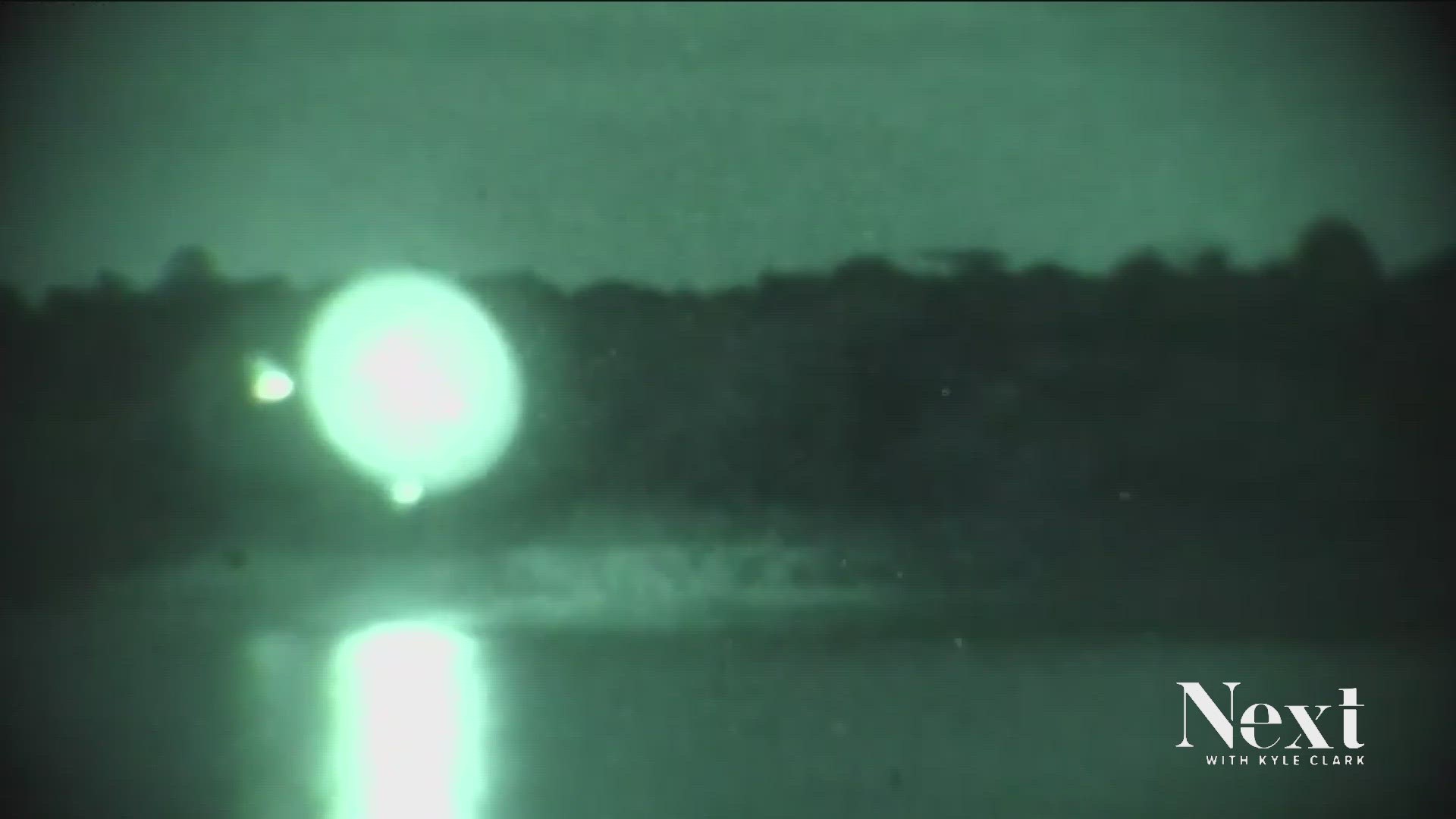DENVER — Fighting fires comes with risk. Fighting fires from the sky at night is a calculated risk.
"Obviously it adds more risk and complexity to it, so we only do it in certain situations when we have a really high amount of values at risk," said Vaughn Jones, chief of Wildland Fire Management for the Colorado Division of Fire Prevention and Control.
Colorado knows the risk of fighting wildfires at night from the sky. A pilot died in 2021 trying to be the first to use a plane to battle a wildfire in the dark. The state isn’t ready to try that again, but they are expanding their resources to use helicopters at night.
Soon, the state will have a new Firehawk helicopter. It’s being built now and should be delivered this month. After lots of testing and training, it’ll be put in the mix to help using night vision goggles sometime this year or next.
"It should be available by the middle of the summer," said Jones. "Getting a new helicopter like that which we’ve never worked with, it’s not like you go to the used car lot and just fly it off the lot. There’s a lot of training with our pilots, the helitac crew."
The risk is so high that Colorado has fought only a single fire using helicopters at night since the program got the go ahead several years ago. Colorado already has two helicopters stationed in Canon City and Montrose. The more advanced firehawk will help around the state.
"What we’re going to start with is basically doing base wildland fire operations with that helicopter. Dropping water on fires and transporting crews and supplies," said Jones. "Then, as we progress through this next calendar year, we’ll start adding things like night operations and search and rescue hoist operations."
In order to send the helicopters up at night to fight a fire, the pilots must first fly over the fire several times during the day to get a sense of what the terrain looks like in the light. They can’t just launch when a fire starts and start fighting it in the dark.
In 2021, a private aviation company contracting with the state tried using a fixed wing airplane to fight a fire at night for the first time ever in the state. Just minutes after takeoff, the plane crashed into a mountain in Estes Park. The future of using planes to fight wildfires at night is not bright.
An initial report from the NTSB said that high winds may have contributed to the crash, but a year and a half later, investigators still have not released a final investigation.
"We as the state, as DFPC, have never had a fixed winged operation at night," said Jones. "No program exists for us and at least for now we have no plans to add that."
When night falls, the helicopters can still fly. A risk for sure, but one that could save lives.
SUGGESTED VIDEOS: Full Episodes of Next with Kyle Clark

